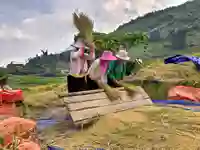

Image Missing
A window into Hmong farming Life
Hmong were traditionally hunters, however growing rice is something that really only happened in the last 100-200 years when we settled the lands here. Up until 50 years ago opium was the crop of choice as it was very profitable. As the legal status has changed, so has what we grow and now we mostly grow rice or corn. As you can see in the main photo above where the rice is being threshed, much of the work is still done by hand.
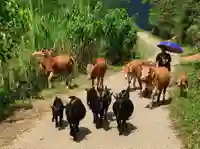

Image Missing
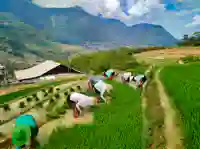

Image Missing
We farm pigs, chicken, ducks, goats as well as now salmon (we have all that freshwater from the mountain you see). We have to be careful about wild foxes that are also interested in our chickens and ducks! This is why we keep dogs to protect the animals (they are not for eating). We also have buffalo, but they are really working animals rather than for food as an adult buffalo can cost $2500.
In the past, the terraced farms in this region were primarily used to meet the needs of local families, rather than for commercial sale. This was because the area was quite remote in those days and without proper roads, shipping goods was not a common practice. The preferred approach was to simply grow your what you needed at home.


Image Missing
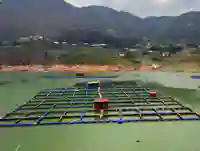

Image Missing
One thing that often piques the interest of us Westerners is that the Hmong people grow vast swathes of hemp - over a thousand hectares, in fact. Now, this hemp may resemble cannabis, but it’s actually the other sex of the plant that doesn’t produce the psychoactive effects.
Batik clothing is made from hemp and has been a tradition among the Hmong for centuries. It’s an incredibly durable fabric that can thrive even in less-than-ideal soil conditions. So not only is it a practical choice, but it also has deep cultural roots for the Hmong community.
Today as always, farming it is a family affair. Everyone helps out, no matter if it’s their land or not. Blood is blood here.
Written By: Ying Ham
Last updated: 10 November 2024
Previous Page Ethnic food guide Next Page Trekking FAQs
Blog Posts
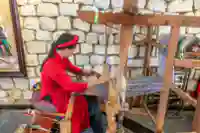

Image Missing
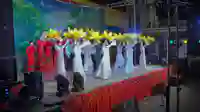

Image Missing


Image Missing
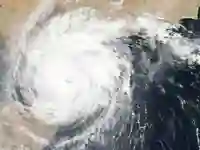

Image Missing


Image Missing
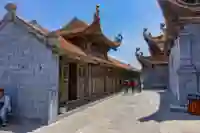

Image Missing


Image Missing
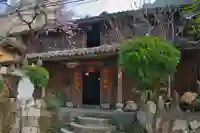

Image Missing
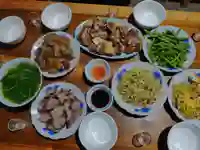

Image Missing


Image Missing
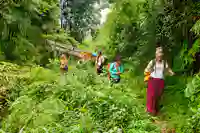

Image Missing
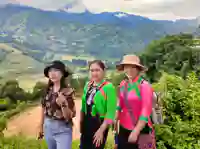

Image Missing